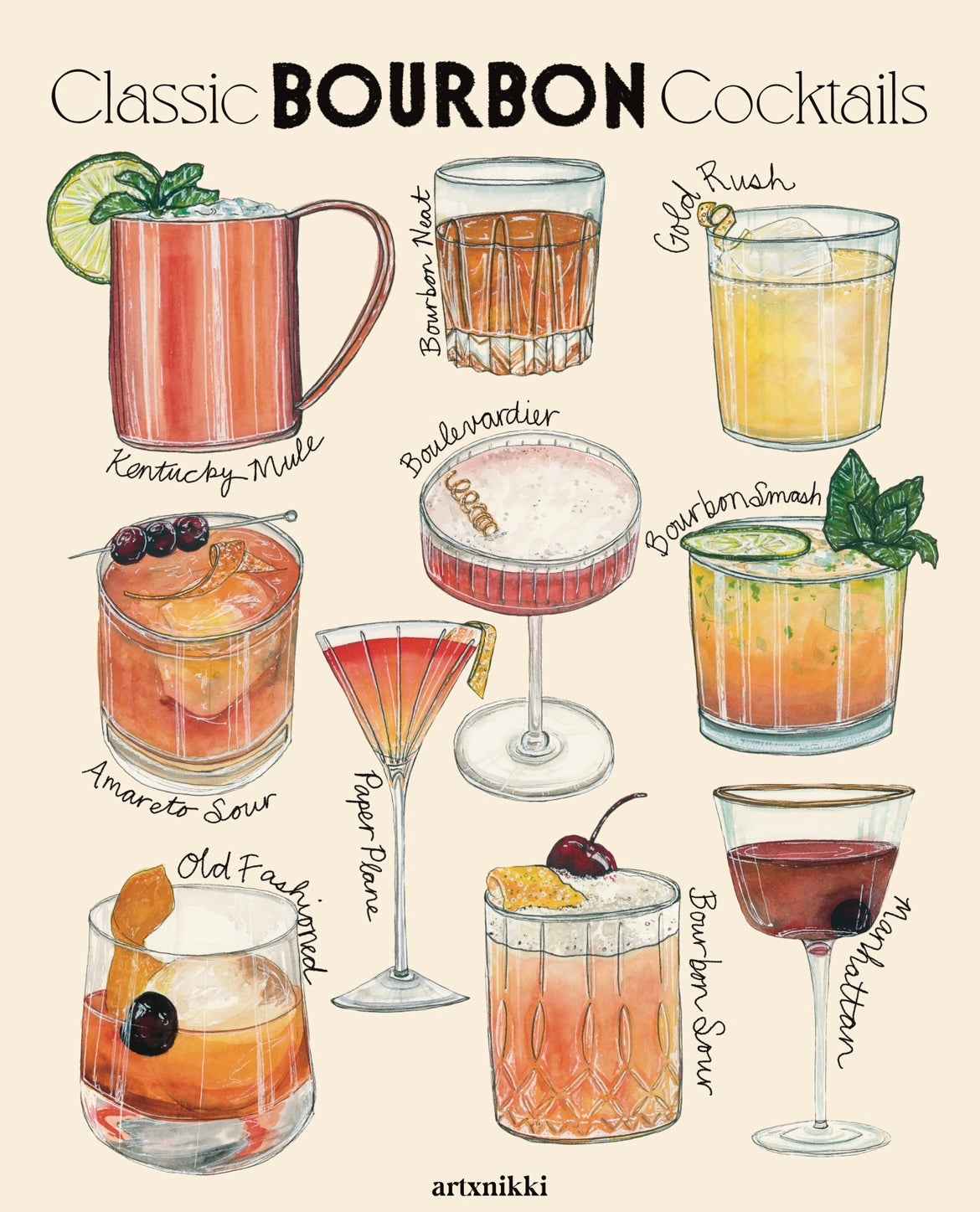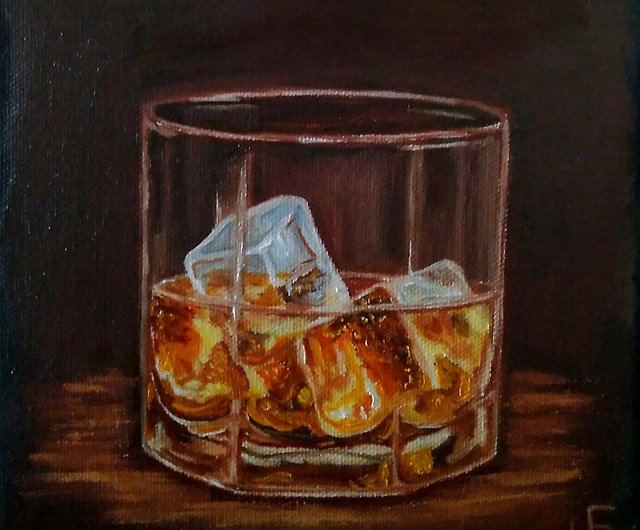The Significance of Whiskey Art in Celebrating Heritage and Workmanship in the Beverage Sector
The intricate partnership between whiskey art and the party of heritage and craftsmanship within the drink market can not be overemphasized. With thoughtfully created bottles and tags, scotch brand names envelop their historical origins and the artisanal skills that specify their manufacturing techniques.
The Historic Roots of Whiskey
At the heart of scotch's attraction lies an abundant tapestry of historical origins that trace back to ancient civilizations. The origins of bourbon can be linked to the purification practices of the Sumerians and Babylonians around 2000 BCE, where early kinds of fermented grain beverages started to arise. Nevertheless, it remained in the Middle Ages that the art of purification evolved substantially, specifically in Ireland and Scotland, resulting in the production of whiskey as we understand it today.
The term "whiskey" itself stems from the Gaelic word "uisce beatha," suggesting "water of life." This phrase highlights the social value of whiskey in Celtic societies, where it was commonly related to rituals, celebrations, and common bonding. By the 15th century, purification came to be a recognized craft within monastic communities, paving the method for the facility of lawful distilleries.
As profession courses expanded, whiskey's popularity grew, transcending regional limits and catching the rate of interest of aficionados worldwide. Realism Art. This historic trip mirrors not just the workmanship behind bourbon manufacturing yet also its integral role in cultural and social contexts, marking it as a significant drink throughout background
Artistic Expression in Branding
Whiskey branding stands as a compelling junction of artistry and business, where visual identification plays a critical duty fit consumer assumption. The aesthetics of whiskey labels, packaging, and advertising products show not only the brand's story yet additionally its core worths and heritage. With creative expression, distilleries convey a narrative that reverberates with customers, evoking emotions and triggering links.
Making use of shade, typography, and imagery in branding offers to separate products in a saturated market. As an example, standard motifs might evoke a feeling of authenticity and craftsmanship, while modern layouts can symbolize development and forward-thinking. This strategic imaginative direction improves brand name recognition and commitment, allowing consumers to build a personal partnership with the whiskey they select.
In addition, creative expression in branding usually acts as a party of local heritage. Distilleries frequently integrate neighborhood symbols or historic referrals into their styles, developing a local color that welcomes customers to take part in a wider social experience. Inevitably, the artistry behind scotch branding not just boosts aesthetic appeal but likewise improves the total narrative of the brand, promoting a much deeper admiration for the craftsmanship and heritage embedded in each bottle.
Craftsmanship in Bottle Style
The virtuosity noticeable in whiskey branding extends beyond visual identity to include the craftsmanship included in container style. Each container functions as a vessel not simply for the spirit within, yet additionally for the tale it informs concerning its top quality, beginning, and practice. The style process needs precise attention to detail, as elements such as form, product, and closure add dramatically to the total understanding of the scotch.
Craftsmanship in container design involves choosing top notch glass that can enhance the whiskey's color and clarity, while additionally giving a tactile experience for the customer. The silhouette of the container should be both aesthetically enticing and practical, typically reflecting the heritage of the brand name. Lots of distilleries select unique forms or embossed logo designs that stimulate a sense of credibility and history.
In addition, the tag design and typography play Discover More Here a crucial duty in interacting the brand name's narrative. Bourbon Art. A well-crafted container not only mesmerizes the consumer's eye yet also enhances the brand's dedication to quality and practice. By doing this, the workmanship of bottle layout ends up being an important element of the bourbon experience, merging creativity with an extensive respect for heritage
Social Significance of Scotch Art
Commemorating custom and workmanship, the cultural relevance of bourbon art transcends simple aesthetic appeals, linking with the historic and social narratives of the regions where it originates. Each bottle this article functions as a canvas, depicting the special tales, folklore, and customs that have actually formed local whiskey-making methods. The detailed designs commonly mirror the heritage of the distillers, incorporating signs and concepts that reverberate with the culture and values of their neighborhoods.

Additionally, whiskey art plays an essential role in public gatherings and events, offering as a concrete web link between people and their shared experiences. By valuing the artistry in scotch product packaging, consumers grow a much deeper understanding and respect for the craft, eventually improving their pleasure of the drink itself.
Modern Trends in Whiskey Presentation
In current years, the discussion of whiskey has advanced to reflect contemporary preferences and fads while still honoring conventional workmanship - Bourbon Art. Distilleries are progressively concentrating on visual elements that enhance the general alcohol consumption experience, linking the gap between heritage and modernity
Ingenious bottle styles have actually arised, often integrating sustainable products and imaginative tags that inform engaging stories. Several brand names now team up with neighborhood artists, infusing their products with distinct visual expressions that resonate with consumers. Furthermore, limited-edition releases are commonly packaged in collectible containers, including worth and allure for aficionados.

Conclusion
In final thought, bourbon art works as an important channel for sharing the heritage and workmanship intrinsic in the drink sector. Through intricate branding, ingenious container layouts, and culturally substantial imaginative elements, scotch brands successfully recognize their practices and get in touch with consumers. This artistic narrative not only elevates the gratitude of scotch however likewise strengthens neighborhood identification and satisfaction amongst manufacturers. Eventually, scotch art plays a crucial duty in preserving and commemorating the abundant social tapestry of whiskey-making.


Craftsmanship in container layout entails picking high-quality glass that can boost the scotch's color and clarity, while also offering a tactile experience for the customer. In this means, the workmanship of bottle style becomes an important aspect of the whiskey experience, combining virtuosity with a profound regard for heritage.
In conclusion, bourbon art offers as an important conduit for expressing the heritage and workmanship intrinsic in the drink market.